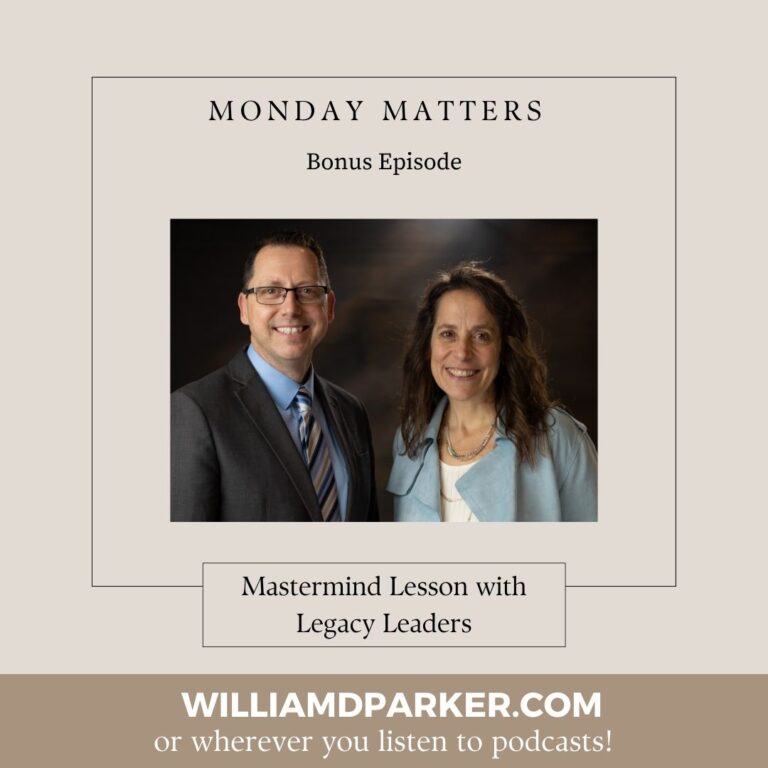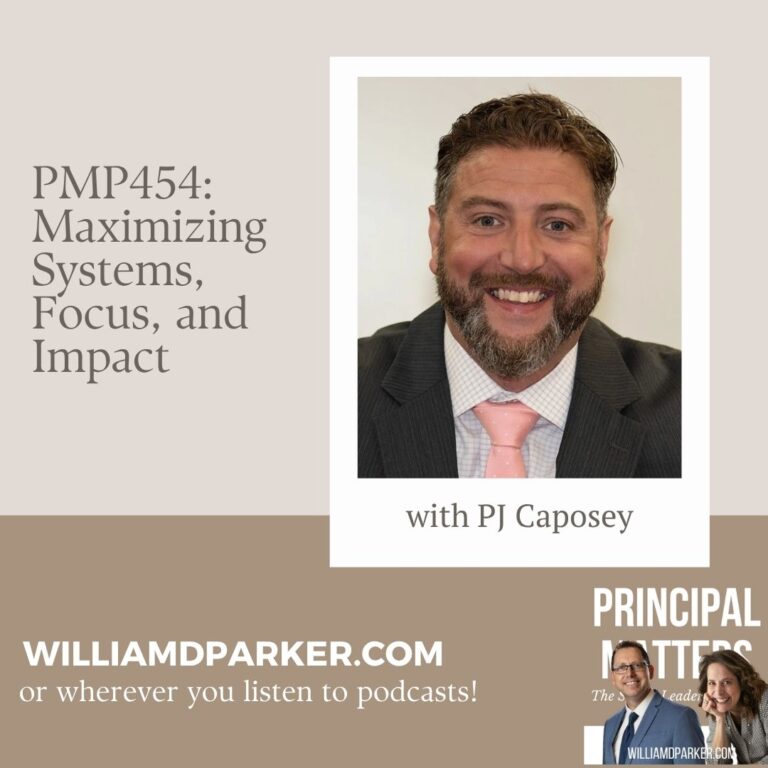Talk to almost any politician about education, and you will often hear suggestions for improvement that include words like accountability, portability or choice.  Very few suggest adequately funding schools or implementing measures that can really produce results.
Very few suggest adequately funding schools or implementing measures that can really produce results.
In Chapter 3 of Richard DuFour’s In Praise of American Educators: And How They Can Become Even Better (see previous post for Review 1), he shows how current policy trends in states across America are based on false assumptions that not only violate sound research but also contradict best practices.
He exposes 7 common assumptions many policy makers have wholeheartedly embraced:
Assumption 1: Charter Schools
When the Center for Research on Education Outcomes studied outcomes in Charter schools in twenty-seven U.S. states, it found “in reading, 19 percent of charter schools had worse results when compared to their local schools, 56 percent had similar results, and 25 percent had superior result. In mathematics, 31 percent had worse results, 40 percent had similar results, and 29 percent had superior results” (DuFour 31-31).
Just like public schools vary in strengths and weaknesses, Charter schools are no different. Although there are many good Charter Schools, the evidence doesn’t support that they are universally superior options.
Assumption 2: Vouchers
M. Night Shyamalan’s research from 2013 shows: “The best research to date finds relatively small achievement gains for students offered education vouchers, most of which are not statically different from zero.” When Florida adopted a voucher system that was ruled unconstitutional, the state legislature instead created a Tax Credit Scholarship so companies could divert tax payments into scholarships for private schools. This resulted in diverting $86,069,038 away from public education (DuFour 34-35).
Note: For my Oklahoma friends who are currently facing calls from our state governor to support vouchers, Dr. Jason Simeroth, released a great response on behalf of suburban superintendents. In his letter, he points out how vouchers create options for wealthier families to supplement private school tuitions, which would leave middle-and-lower income families in schools with less funding.
Vouchers = less funding for public education.
Assumption 3: More Testing
The billion dollar testing industry has been the largest beneficiary of the obsession policy makers have had with standardized testing requirements—even though these high-stakes assessments have not shown improvements in student learning but have shown exponential growth in number of hours students spend in testing and test preparation (DuFour 39). Thankfully, many parents are speaking out and letting elected officials know they’ve had enough.
Assumption 4: Intensive Evaluations
Increases in evaluation standards (especially ones tied to quantitative measurements of teacher) have only increased the number of hours principals spend on evaluation reports. These demands have led to an increase in administrative costs with no evidence showing increases in teacher effective ratings as a result.
The time constraints many principals feel through mandated evaluation systems have led to 75% of principals reporting their jobs “are too complex to be done well” (DuFour 40-41).
Assumption 5: Value Based Testing
VAMS or Value Added Measurements are statistical nightmares for teachers who have to show how student scores directly relate to their effectiveness as instructors. These measurements are also based on the assumption that schools can improve by “firing your way” to effectiveness.
When this model has been tried in the private sector, it has been disastrous. DuFour cites an example from Microsoft who practiced an employee rating system that required managers to consistently identify top performers and low performers followed by subsequent bonuses and firings. The results completely changed the work culture and may have been a contributing factor to Microsoft’s decline: “In 2000…the wealthiest company in the world with a market capitalization of $510 billion, but by June 2010, it had lost more than half of its value” (DuFour 49).
Assumption 6: Merit Pay
DuFour cites source after source (50-52) showing “ample evidence over a long period of time that merit pay does not improve the overall quality of a school…if someone is doing his or her best, dangling a crunchier carrot will not improve his or her performance.” There are many other strategies for improving teacher effectiveness that go much deeper than merit pay for improving the effectiveness of educators (see Chapter 3).
Assumption 7: Closing Low-Performing Schools
The now-expired No Child Left Behind previously mandated that lowest performing schools would be forced to close–as if closure was the most effective option for public school children who may not have any other viable options nearby.
In 2009 and 2010 studies, DuFour points out that when Chicago closed schools for low performance, “most of the students who transferred enrolled in schools that were academically weak. Forty percent of transferees went to schools that were actually on probation, and only 6 percent went to schools scoring in the top quartile of the Iowa Test of Basic Skills (DeFour 52).
The “closure” model assumes that the “stick” instead of the carrot will drive schools to improvement instead of working toward holistic approaches for improving school culture and outcomes.
Conclusion
DuFour’s research is clear that none of these “assumed” solutions have produced significant statistical improvement in our nation’s schools. And as U.S. politicians struggle for quick-fixes to improving the quality of our schools by embracing false assumptions, very few are exploring options that produce true results. (DuFour opens up examples of better options in Chapter 4 of his book.)
Now It’s Your Turn
Educators need to know they are valued, which means we must stay united in protecting them from false strategies or policies that simply do not work. If you haven’t picked up a copy of Dr. DuFour’s book, it is a solid reference for defending our schools against the politics of false assumptions.
Sign-Up For Free Updates and Ebook
When you enter your email address below, you will automatically receive my newest posts and a free Ebook, 8 Hats: Essential Roles for School Leaders. Let’s keep learning together!
Subscribe for free weekly updates and receive free e-book!
(function($) {window.fnames = new Array(); window.ftypes = new Array();fnames[0]=’EMAIL’;ftypes[0]=’email’;fnames[1]=’FNAME’;ftypes[1]=’text’;fnames[2]=’LNAME’;ftypes[2]=’text’;}(jQuery));var $mcj = jQuery.noConflict(true);
Principal Matters–The Book!

School leaders are very busy, so each of the twenty-four chapters is designed as a quick-read and followed with take-action questions for follow-up or reflection. If you want practical ideas on understanding your purpose, managing school teams, dealing with challenges, and leading with courage, action, motivation, and teamwork, go HERE to pick up a copy for you or your team.


